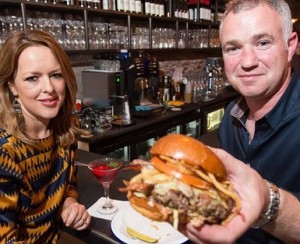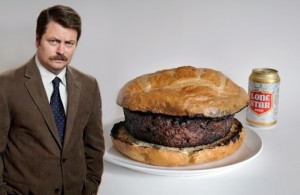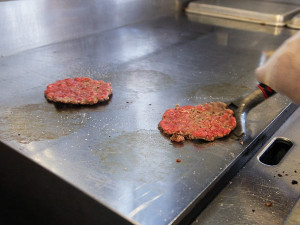I love this paper.
The research is cool, but to me it culminates 16 years of Chapman becoming a better researcher.
 I had a hand in the idea for the paper, but Chapman and his team did all the work.
I had a hand in the idea for the paper, but Chapman and his team did all the work.
I edited some stuf.
I was reminded last night of all the youthful energy me, and Chapman and Blaine and Lisa and Brae and Katie and Sarah and the reintroduced Carol – had when we did the bulk of our creative work.
Sorta like the Stones 68-72.
And yet that was the most turmoil in my life, as I went through a painful divorce, separation from kids, an interesting girlfriend and finally meeting Amy a few years later.
My line is graduate students should be able to bail their supervisor out of jail or drive me to the airport when (I) threatened with arrest.
Sorta like the Stones 68-72.
This is Chapman’s moment to shine, and although barfblog.com was named the number 1 food safety blog by someone pushing something today, it don’t matter much.
 Often Chapman and I will send an e-mail to each other about some obscure reference in a post, with the comment, we only write for each other.
Often Chapman and I will send an e-mail to each other about some obscure reference in a post, with the comment, we only write for each other.
And the over 75,000 direct subscribers in over 70 countries.
Well done Chapman et al., couldn’t be prouder.
You too Blaine.
Assessment of risk communication about undercooked hamburgers by restaurant servers
Ellen M. Thomas, RTI International; Andrew Binder, Anne McLaughlin, Lee-Ann Jaykus, Dana Hanson, and Benjamin Chapman, North Carolina State University; and Doug Powell, powellfoodsafety.com
Journal of Food Protection
DOI: 10.4315/0362-028X.JFP-16-065
According to the U.S. Food and Drug Administration 2013 Model Food Code, it is the duty of a food establishment to disclose and remind consumers of risk when ordering undercooked food such as ground beef. The purpose of this study was to explore actual risk communication activities of food establishment servers. Secret shoppers visited restaurants (n=265) in seven geographic locations across the U.S., ordered medium rare burgers, and collected and coded risk information from chain and independent restaurant menus and from server responses. The majority of servers reported an unreliable method of doneness (77%) or other incorrect information (66%) related to burger doneness and safety. These results indicate major gaps in server knowledge and risk communication, and the current risk communication language in the Model Food Code does not sufficiently fill these gaps. Furthermore, should servers even be acting as risk communicators? There are numerous challenges associated with this practice including high turnover rates, limited education, and the high stress environment based on pleasing a customer. If it is determined that servers should be risk communicators, food establishment staff should be adequately equipped with consumer advisory messages that are accurate, audience-appropriate, and delivered in a professional manner so as to help their customers make more informed food safety decisions.















